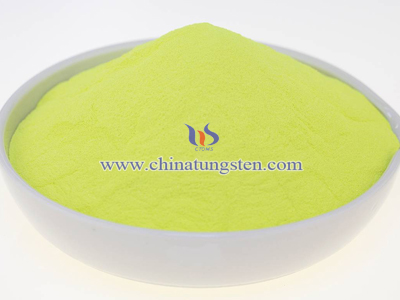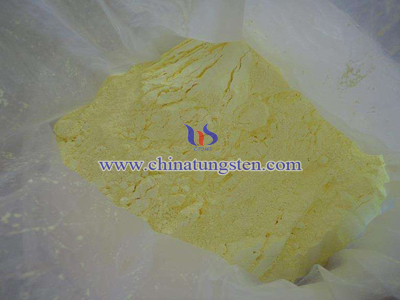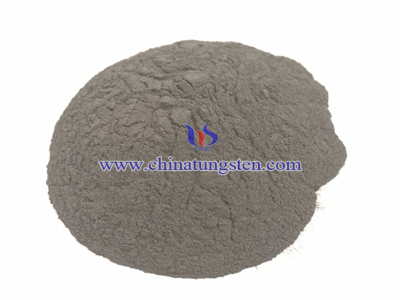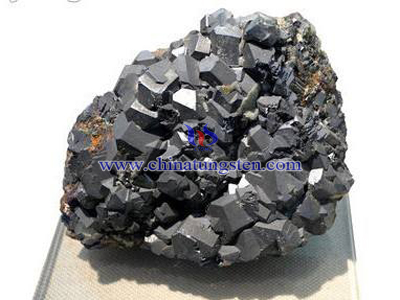Tungsten Oxide Thin Film Photochromism
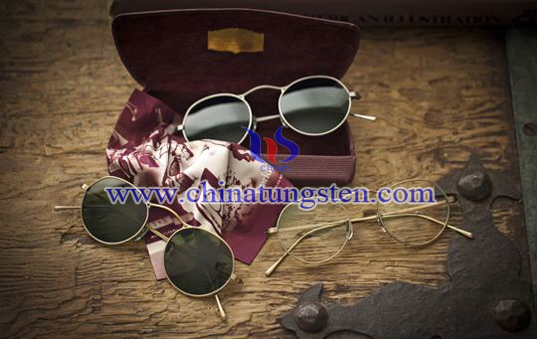
Photochromism phenomenon refers to a compound A when subjected to certain wavelengths of light irradiation, under a particular chemical reaction will obtain another product B, due to changes in the structure will lead to significant changes in the absorption spectrum. Under the other wavelengths of light it will recover to its original form. If the compound can has reversible discoloration, then it is called photochromic compound. Phorochromism is a reversible chemical reaction. If A state is colored, after sunlight it turns into colorless B state, after photochemical or thermalchemical it turns colored A, so it is called reversible photochromic phenomenon.
Tungsten oxide thin film can appear different color by irradiation with appropriate light, below chemical equation is its photochromic mechanism:
WO3+hv→WO3*+e-+h+
h++1/2H2O→H++1/4O2
WO3+xe-+xH+→HxWO3
When WO3 thin film is irradiated by sunlight, electron e- and holes h+ will enter WO3 conduction band, photogenerated reacted with absorbed water on the surface of thin film, generating H +, WO3 and then spread to the interior, resulting in a color change. Pure WO3 thin film is only sensitive for ultraviolet light, therefore, for the WO3 thin film without pretreatment, electrons and holes can only be generated by ultraviolet light. After cathodic polarization, the trap lattice level within the band gap region can be generated by visible light and cause visible discoloration.


